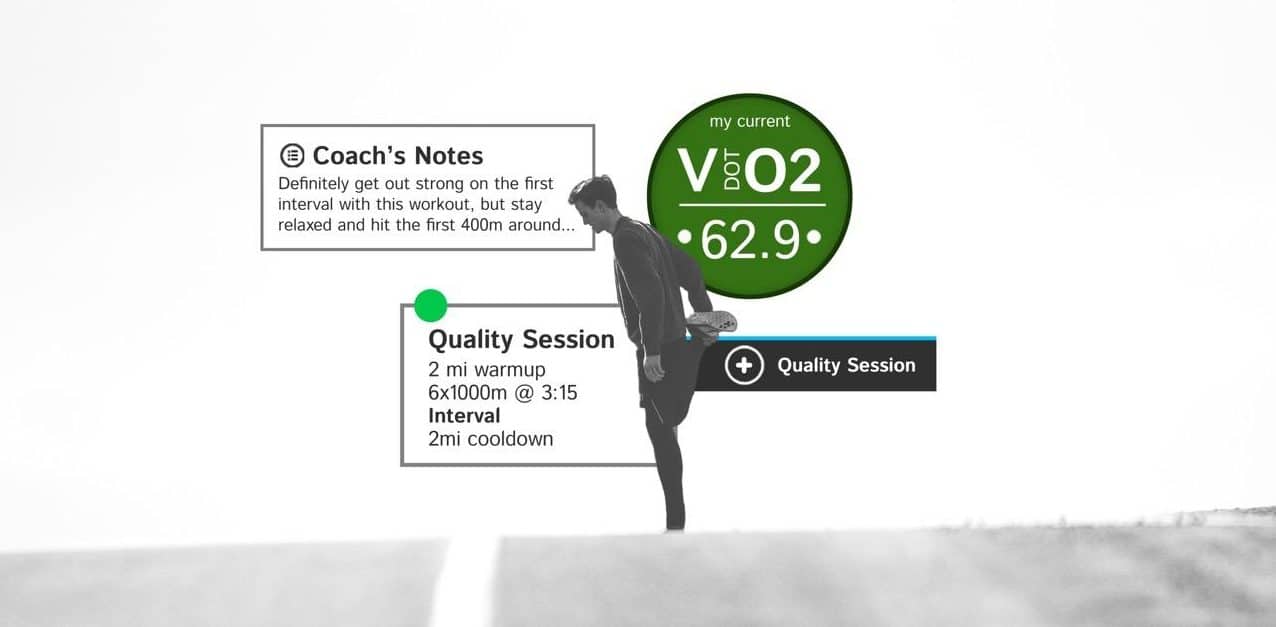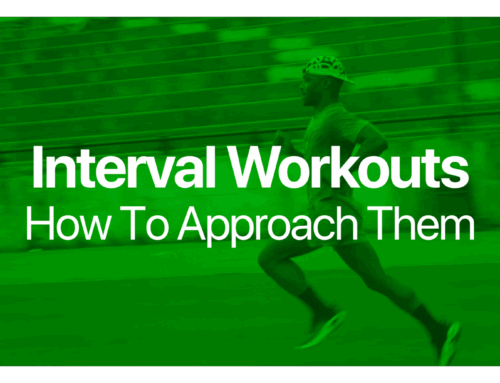
The idea behind Interval training is to accumulate a good amount of time working at your VO2max. Keep in mind that running at VO2max is also associated with running at maximum heart rate. Now, suppose maximum HR is associated with a pace of 5:00 per mile; what HR will be associated with 4:50 per mile? Maximum, of course or HRmax. So, this means it is quite common to run faster than necessary if you’re looking at HRmax as an indicator of working at max. This is where runners can get into trouble, spending less time at their max during the workout and getting less benefit.
Training Type
VO2max Intervals
Intensity
Generally in the range of 95-100% of VO2max or 98-100% of HRmax. Intervals are “hard” but not all-out running by any means. Usually at a pace that you could maintain for about 10-15 minutes in a serious race. Intervals are best if they involve runs of 3 to 5 minutes each (800m and 1000m workbouts are typical), with jog recoveries of similar duration (not necessarily, equal distance); relative to the runs they follow.
Purpose
Stress your aerobic power (VO2max). It takes about two minutes for you to gear up to functioning at VO2max so the ideal duration of an “Interval” is 3-5 minutes each. The reason not to go past 5-minutes is to prevent anaerobic involvement, which can result in blood-lactate build-up.
Maintain Proper Pacing
Many runners try to run a faster pace when doing shorter intervals, but it’s better to save your speed for Repetition training. Running faster than your Interval pace or VO2max can’t produce greater aerobic involvement than running at your VO2max. The stress from shorter intervals (400m or 1-2 minute workbouts) comes from shortening the recoveries, not running faster. Try different combinations of work and rest (slightly less than time spent working) to achieve the ideal outcome of spending as much time as possible at your max.
What’s Your VDOT?
Get your free training paces and equivalent race performances with the VDOT Calculator.





Leave A Comment